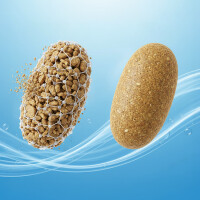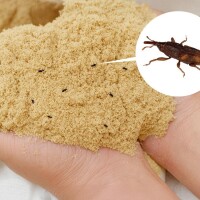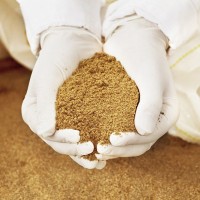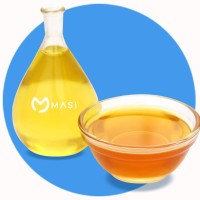Rice Bran Weevils And Weevil Control Procedures
Rice bran weevils are the “unwanted enemies” of livestock farmers, as they damage this valuable feed source and lead to significant economic losses. A thorough understanding of rice bran weevils, recognizing early signs of infestation, and applying proper pest-control practices are essential to safeguarding clean rice bran and ensuring optimal nutrition for animals. In this article, Masi will explore effective methods to eliminate rice bran weevils and introduce advanced storage solutions that preserve the quality of rice bran feed - keeping it fresh and minimizing losses efficiently.
What are rice bran weevils?
Rice bran weevils belong to the grain weevil group. They are small in size, about 2–3 mm long, with a dark brown to black body and distinctive reddish-orange markings on the elytra. They differ from rice weevils in that they don't need to bore into whole rice grains; instead they live and feed directly on rice bran - a loose material rich in fats and vitamins.
This makes rice bran an ideal environment for rapid weevil development if it is not stored under dry and well-ventilated conditions. Moreover, rice bran weevils spread easily due to their small size, allowing them to penetrate packaging seams or storage containers.
A key point to note is that rice bran weevils are not newly generated as a result of prolonged storage. Instead, they originate from eggs or larvae already present in the rice bran or surrounding environment, which proliferate quickly once favorable conditions arise.
Identifying rice bran weevils through common signs:
-
The rice bran becomes clumpy and feels damper than normal.
-
Small black or brown weevils are seen crawling on the surface or inside the packaging.
-
The characteristic aromatic scent of fresh rice bran disappears, replaced by unpleasant odors of rancid oil or mold.

Identifying rice bran weevil signs in livestock rice bran, early warnings to protect animal feed
Causes of rice bran susceptibility to weevil infestation
The rapid proliferation of rice bran weevils is typically attributed to the following fundamental factors:
-
High humidity: rice bran naturally has a relatively high moisture content. If stored improperly in a humid environment, it creates favorable conditions for weevils to multiply.
-
Damaged or non - airtight packaging: when the bran is exposed to air and the external environment, the risk of weevil infestation increases significantly.
-
Optimal environmental temperature: weevils thrive in temperatures ranging from 20 to 40 degrees Celsius, which is common in many regions of Vietnam's climate.
-
Lack of pre-storage treatment: eggs and larvae may remain in the rice bran from the milling process if not thoroughly treated before storage.
-
Poor hygiene of storage equipment: old bags or containers with leftover bran residues or unremoved eggs create a suitable habitat for weevil breeding.
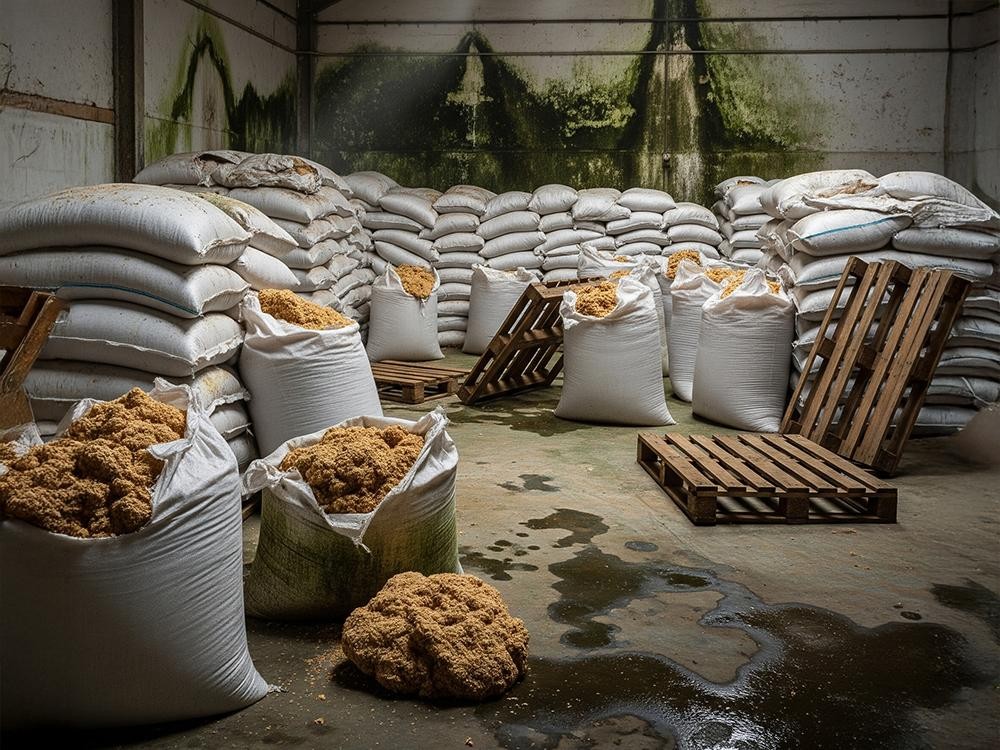
Improper storage is the main cause of rice bran weevil infestation
Damage caused by weevils to rice bran quality
Weevils not only reduce the usability of rice bran but also cause severe nutritional and health-related losses.
Rice bran is naturally rich in B vitamins, essential minerals, healthy fats, and antioxidants. When infested by weevils, these nutrients are significantly depleted, directly compromising the quality of rice bran when used as animal feed or as a raw material for processing.
In addition, the feeding activity of weevils and their waste products generate unpleasant odors, reducing the palatability of rice bran for livestock. More importantly, infested rice bran is highly prone to bacterial and fungal contamination, which can negatively affect animal health if consumed over an extended period.
Effective and rapid rice bran weevil extermination methods
Timely treatment of rice bran weevils helps to preserve the raw material's quality while minimizing economic losses. Here are a few simple methods that are easy to implement at home or in a production facility:
-
Store rice bran in the refrigerator: this is an effective way to eliminate weevils and their eggs. Simply place the bran in an airtight bag or container and keep it in the cooler compartment for 3–5 days. The low temperature prevents weevils from surviving and inhibits egg development.
-
Use natural herbs like chili or garlic: the pungent smell of chili and the strong odor of garlic repel weevils, forcing them to leave the storage area. Place small fabric pouches containing chili or garlic inside the storage bin to avoid odor transfer to the bran.
-
Light sun-drying: spread the rice bran evenly on a wide tray and expose it to gentle sunlight for 15–20 minutes. This reduces moisture and drives away weevils. However, avoid overexposure, as excessive heat may degrade the nutrients and natural oils in the rice bran.
-
Use a hair dryer or heat fan: this method is an alternative to sun - drying in unfavorable weather. Spread the rice bran on a flat surface and apply gentle hot air with a hairdryer, causing weevils to crawl to the surface, where they can be easily collected and removed.

Applying natural preservation methods helps limit weevil infestation and keeps rice bran feed fresh and nutrient-rich
Long - term rice bran weevil control process
Controlling rice bran weevils is not only about eliminating them once detected but also requires a scientific and strict preservation process:
-
Use airtight packaging and containers: zip bags, plastic bins, or stainless-steel containers with moisture-proof seals are optimal choices to prevent external weevil intrusion.
-
Clean storage equipment thoroughly: before adding new rice bran, wash and dry the containers to remove any remaining weevil eggs or harmful microorganisms.
-
Store rice bran in smaller portions: dividing the bran into smaller quantities allows easier quality control and ensures consumption within a shorter period, reducing the risk of infestation.
-
Keep rice bran in a dry, well-ventilated place: avoid areas near heat sources, direct sunlight, or high-humidity zones such as kitchens and bathrooms.
-
Avoid over-purchasing: rice bran should ideally be used within 1 - 2 months to maintain its best quality and prevent weevil development.
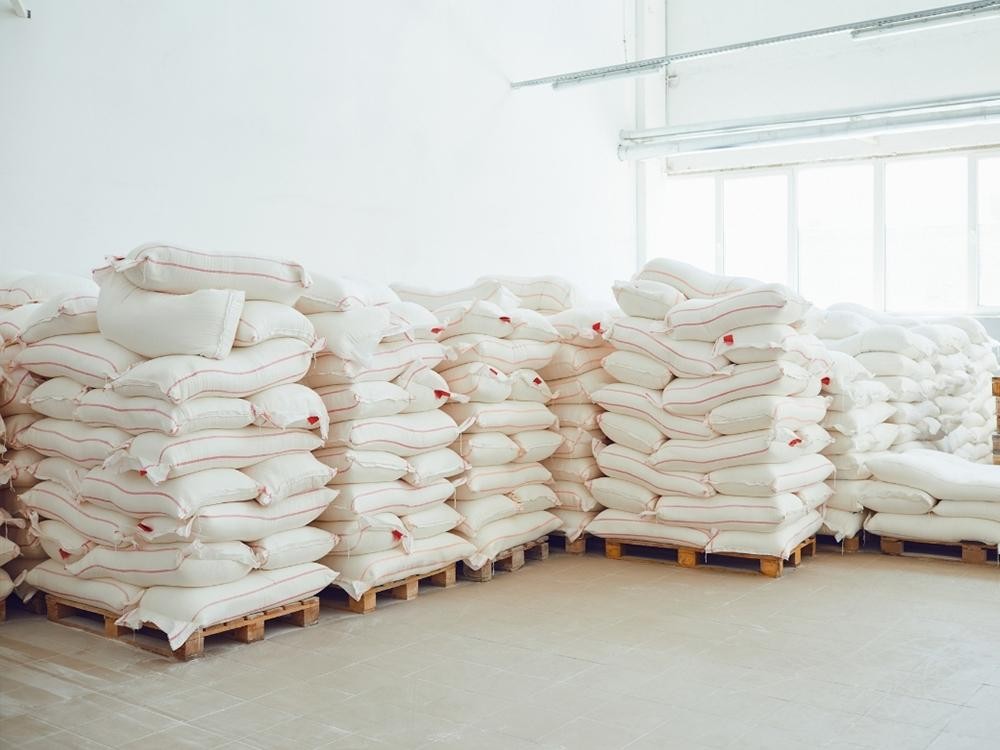
Scientific storage of animal feed with dry warehouses, airtight packaging and proper arrangement helps prevent long-term weevil infestation
Masi Rice bran – Premium quality, optimal preservation, weevil resistance
Masi rice bran is a livestock feed product made from clean raw materials, processed through modern milling and treatment technologies to minimize weevil infestation right from the production stage. By applying advanced moisture-control technology and specialized moisture-resistant packaging, the product remains dry for an extended period, effectively limiting the growth of weevils and mold during storage.
In addition to its excellent storage stability, Masi rice bran retains its natural nutritional profile, including starch, protein, vitamin B and essential minerals. It serves as a highly nutritious feed source for livestock, poultry and aquaculture, supporting healthy growth and enhancing farming productivity.
Key advantages of Masi rice bran:
-
Closed production and packaging process, minimizing the risk of weevil infestation
-
Strict moisture control, keeping rice bran dry and well-preserved
-
Nutrient-rich, supporting animal health and growth
-
Consistent quality, giving farmers confidence in long-term use
Renowned for its quality and excellent storage stability, Masi rice bran provides farmers with both economic benefits and protection against weevil damage.
------------------------------
Contact Information:
Masi
-
Office: 7th Floor, Giga Mall, 240–242 Pham Van Dong Street, Hiep Binh Ward, Ho Chi Minh City
-
Factory: Lot C11, Fish Sauce Processing Zone, Phu Thuy Ward, Lam Dong Province
-
Factory: Hoi Hamlet, Kim Son Commune, Dong Thap Province
Email: Cs@masi.vn
Call center: 0909 411 885 - 0911 401 955 - 0979 045 766
Facebook: https://www.facebook.com/masi.fishmeal
LinkedIn: https://www.linkedin.com/company/masifishmeal/


